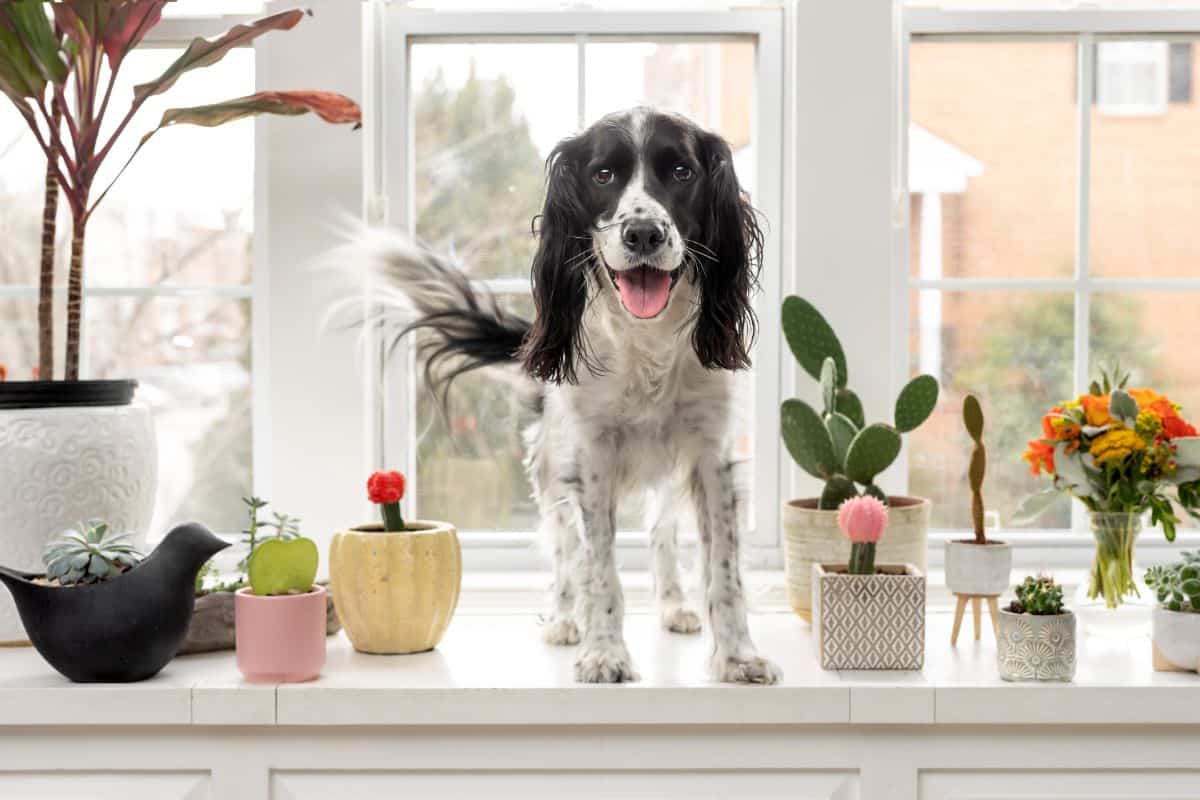
Adding more plants to your growing succulent garden can be tricky when you have four-legged friends on the prowl. Given that dogs often enjoy a vegetable (or plant!) treat, it is essential that you are sure your additions are safe for your pet in case of accidental consumption.
That meansno thorny spines andno poison.
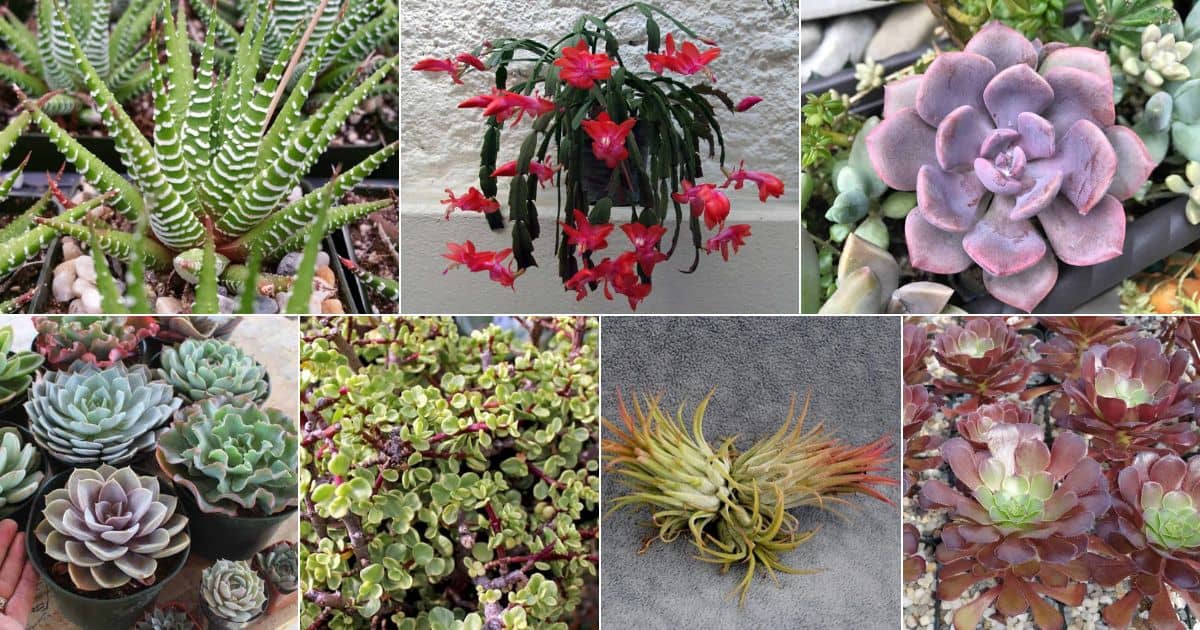
Take a look at these gorgeous, and non-toxic, succulents that are guaranteed to bring color and beauty to your indoor or outdoor gardens.
Read Also: Gift Guide for the Succulent Obsessed
Jump to:
1. Schlumbergera - Holiday Cacti
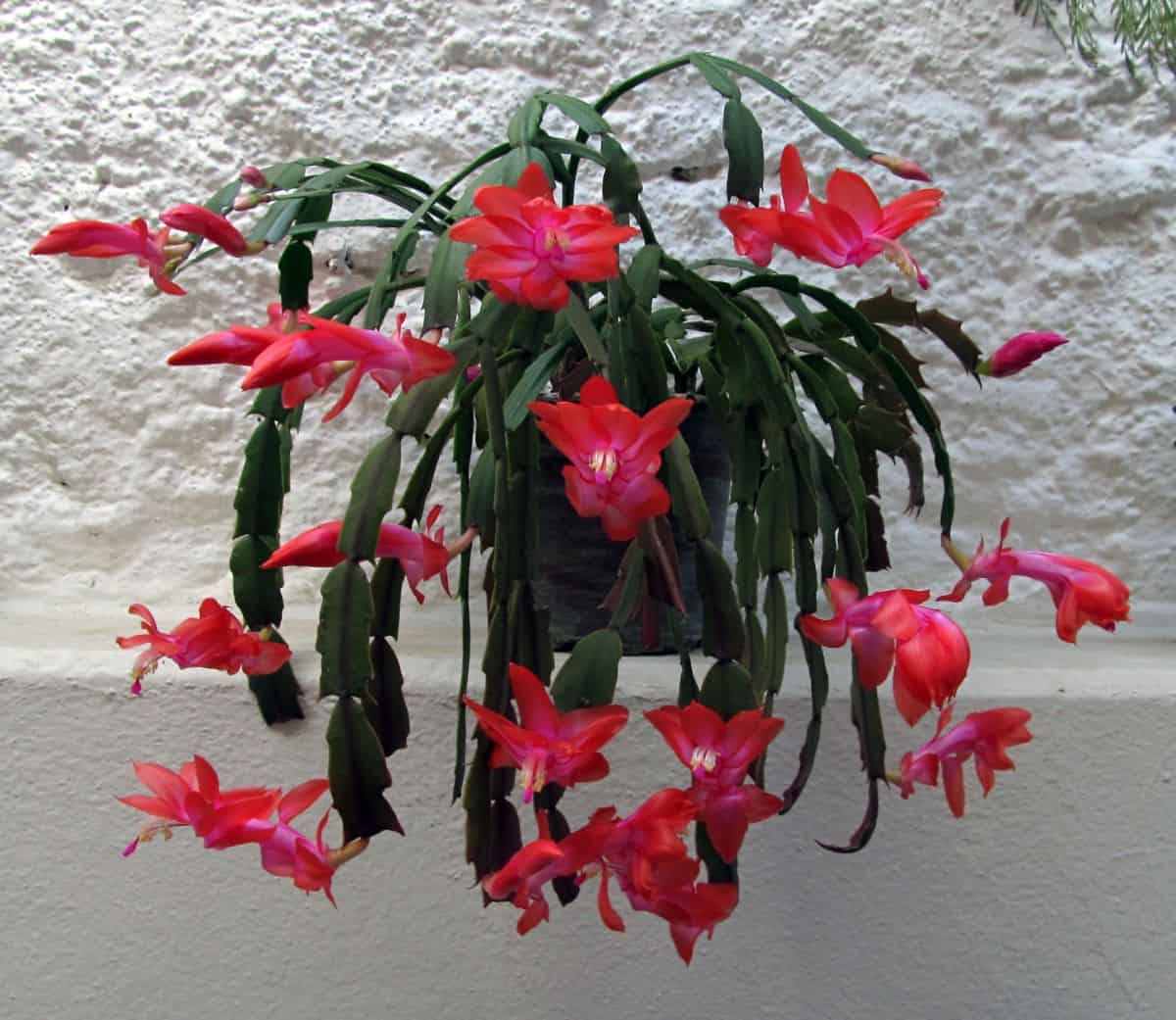
Buy it from:
There are three kinds of holiday cacti. The Christmas Cactus, pictured above, is genuinely spectacular when in bloom, producing vivid flowers in an array of colors.
So named for the time of year that they bloom, this cactus can require careful care in terms of watering and sunlight levels, though as a houseplant, they are generally easy to take care of.
With stems formed from inter-locking leaf-like pads, sufficient growth gives them a long, dramatic look and makes them ideal for hanging displays or on a higher shelf.
Read Also: 10 Rare Succulents (and Where to Find Them!)
2. Sempervivum - Hens and Chicks
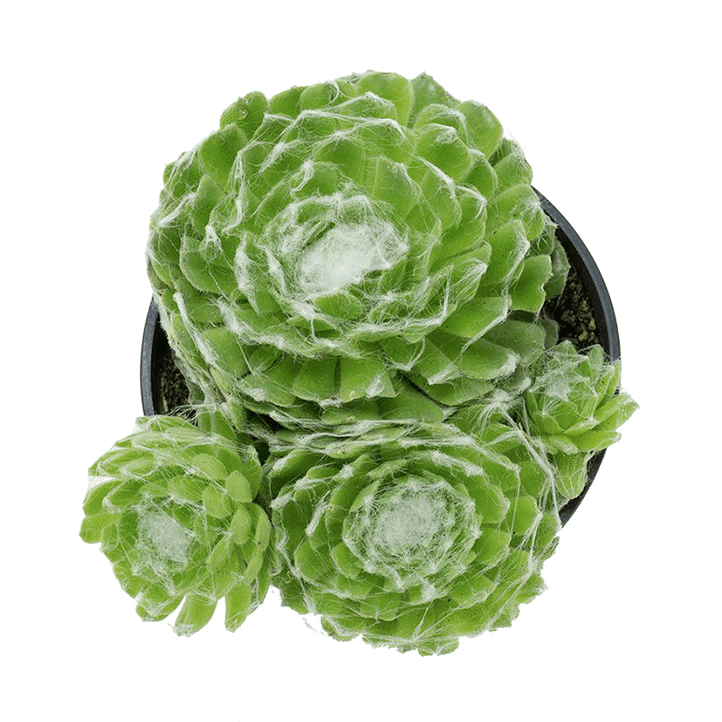
Buy it from:
One of the most popular types of succulent, the Sempervivum family of plants are all non-toxic to dogs. They're also frost-resistant! Sempervivummake excellent garden plants as well as being comfortable in the home.
They only require moderate watering and filtered light or shade. There’s a vast variety to choose from, from the feathery ‘Cebenese’ to the green and red ‘Tectorum,’ guaranteeing you will find the perfect plant to add to your collection.
Read Also: 11 Succulents Safe for Reptiles
3. Echeveria
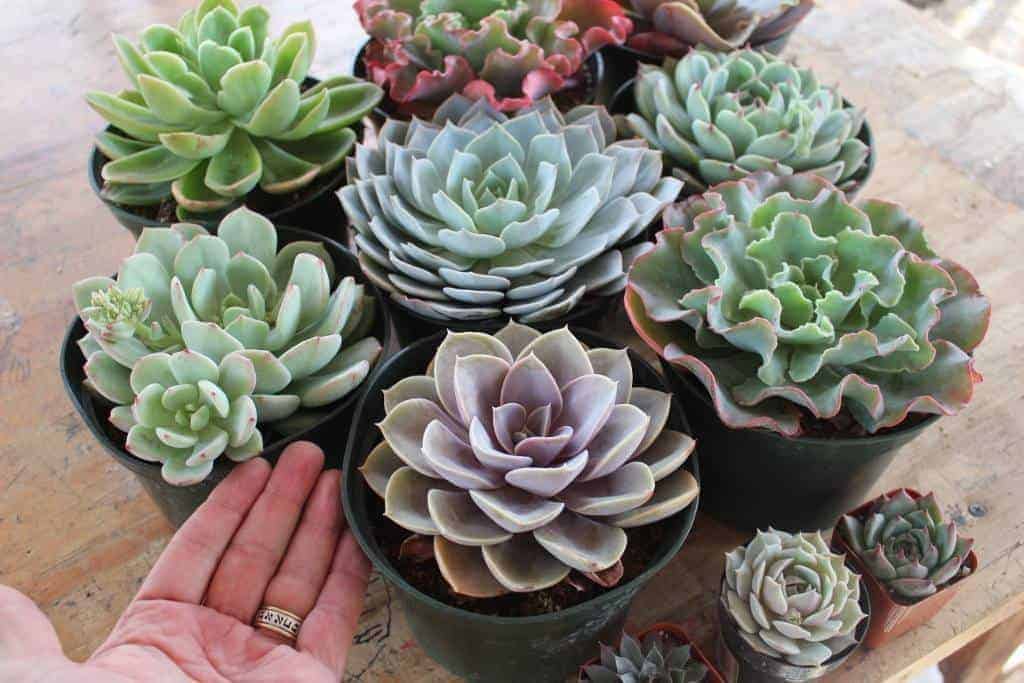
Buy it from:
Most, nearly all, Echeveria are safe for pets.
These succulents are colorful, simple to care for, and happy in both indoor and outdoor gardens, though they must be protected from frost in cooler hardiness zones. With their compact rosettes (often brightly colored) and blooms that rise on tall stalks, these striking plants are safe for your dogs and make for a delightful centerpiece.
No products found.
Easy to propagate and great for beginners, the Echeveria is another pet-friendly variety with a huge range of plants to choose from.
4. Sedum morganianum-Burro’s Tail
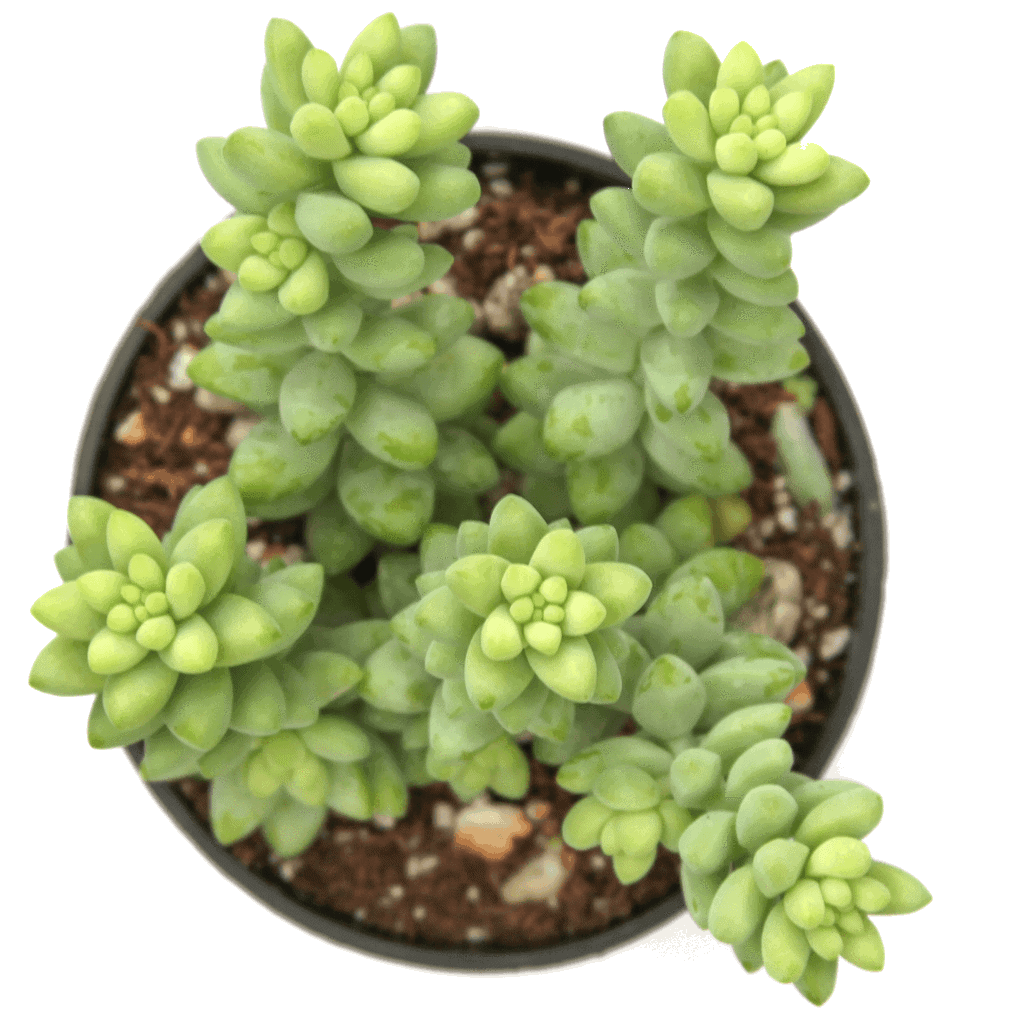
Buy it from:
A trailing succulent, the Burro’s Tail is a sprawling plant which is perfectly suited to a hanging arrangement or allowed to spread along a windowsill or shelf.
Characterized by plump, clustered leaves of bright blue-green make this succulent a fresh addition (or succulent treat for your dog). Burro's Tail do great indoors, unlike many other succulents.They are happiest when in bright or filtered light and thorough watering when the soil is completely dry, this plant produces pink to red flowers in the summer months, making it a pretty addition to your collection.
5. Haworthia
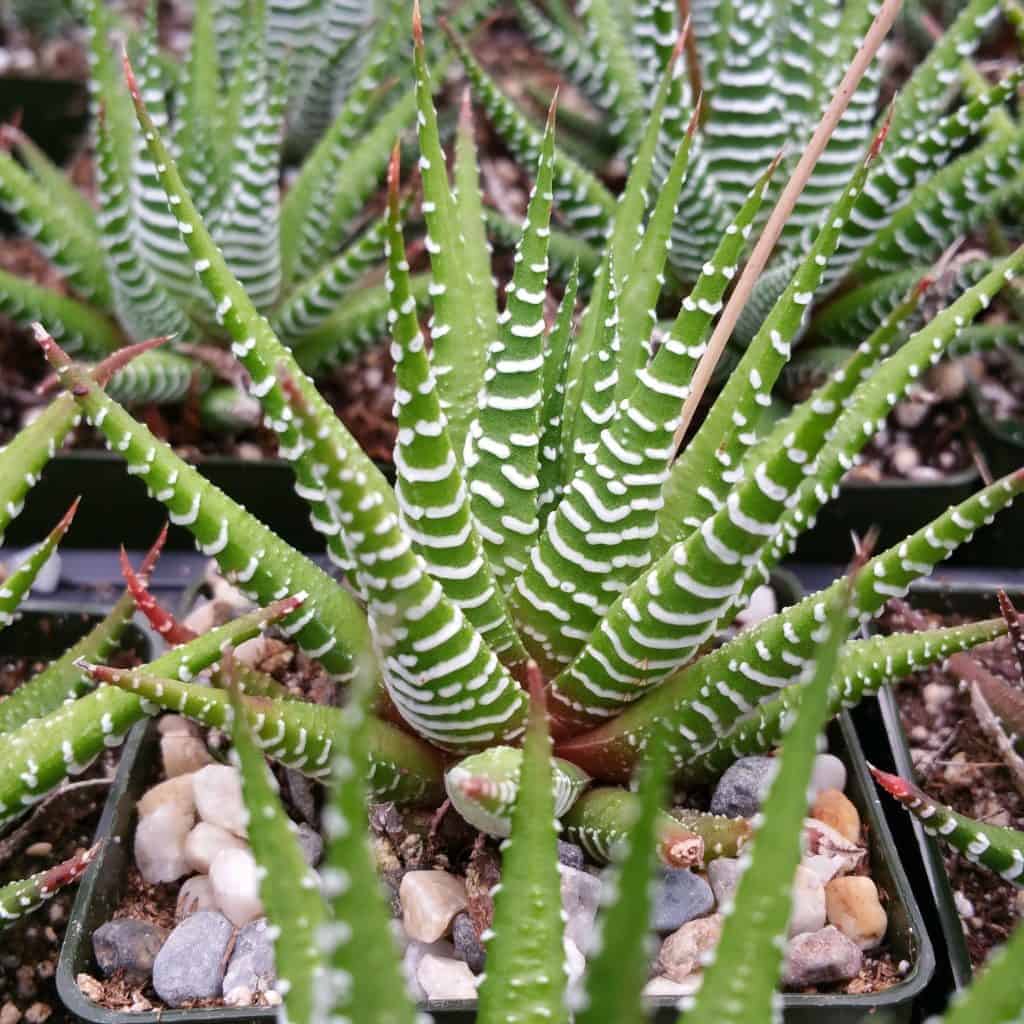
Buy it from:
Another genus with a large variety of individual plants, Haworthia are small succulents with a range of leaf colors, shapes, and sizes. Most or all of these are non-toxic. The one above,Haworthia fasciata, is a popular choice because of its striking colors.
Healthiest when shaded or semi-shaded, these succulents prefer well-drained soil but are generally very tolerant of variable watering conditions. With around 150 species under the Haworthia name, from the striking, striped ‘Zebra Plant’ to the pale, ethereal ‘White Ghost,’ these delightful plants fit in seamlessly with the aesthetics of any existing succulent garden.
6. Pachyphytum oviferum- Pink Moonstones
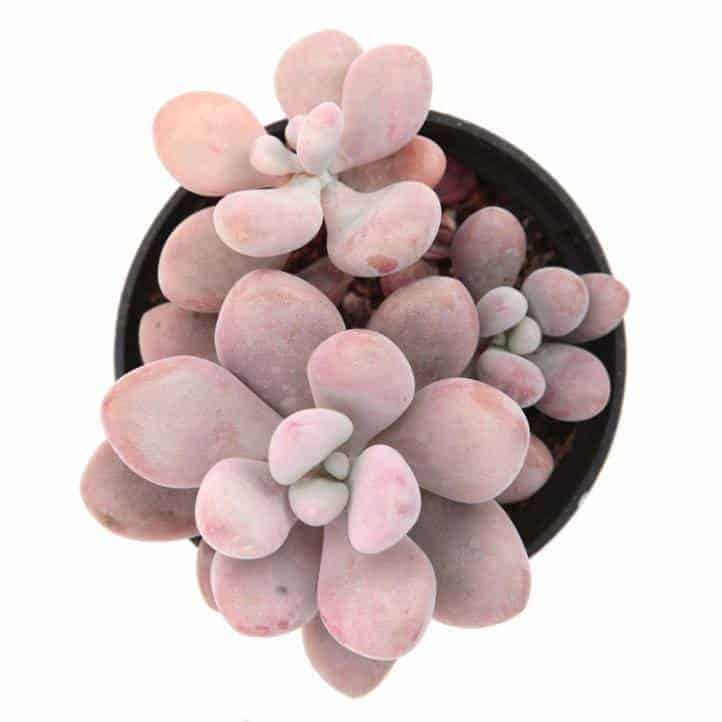
Buy it from:
This lovely little succulent is formed of plump, delicate, bell-shaped pink leaves which grow in clusters.
As a tender succulent, this particular plant is not frost tolerant, so if you live in a colder hardiness zone it must be kept inside during the winter. Preferring bright light, this succulent should be shielded from direct, hot sunlight to avoid damage to the leaves.
It should be noted that this plant is pretty fragile, so while it is non-toxic, it should be kept away from where it could be bumped into and damaged.
7. Tillandsia
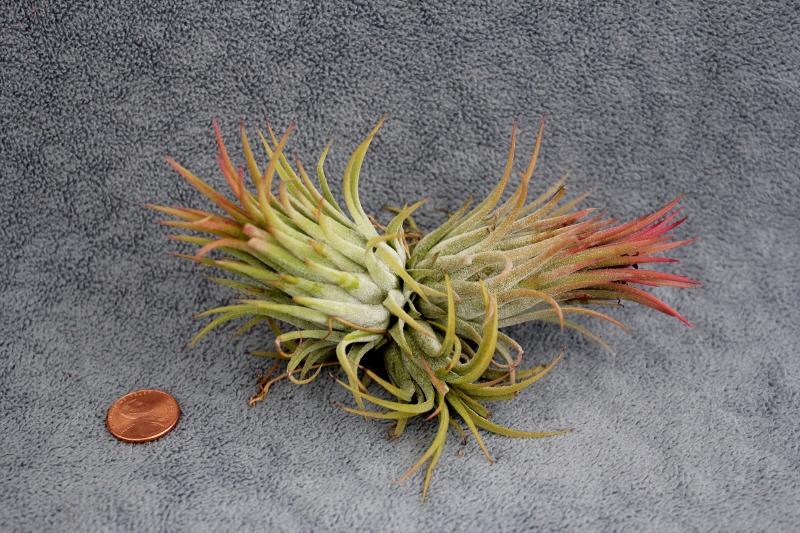
Buy it from:
If you are looking for something particularly new and exciting, why not try an Air Plant?
They don't require soil to grow but can be attached to different surfaces and plants to create incredible arrangements. The impressive variety of leaf shapes and colors give you the artistic license to create a stunning display.
Thriving in humid environments, these plants must be kept above freezing and away from hot and dry conditions, staying hydrated by being misted with water (or submersion).
8. Graptoveria ‘Debbie’
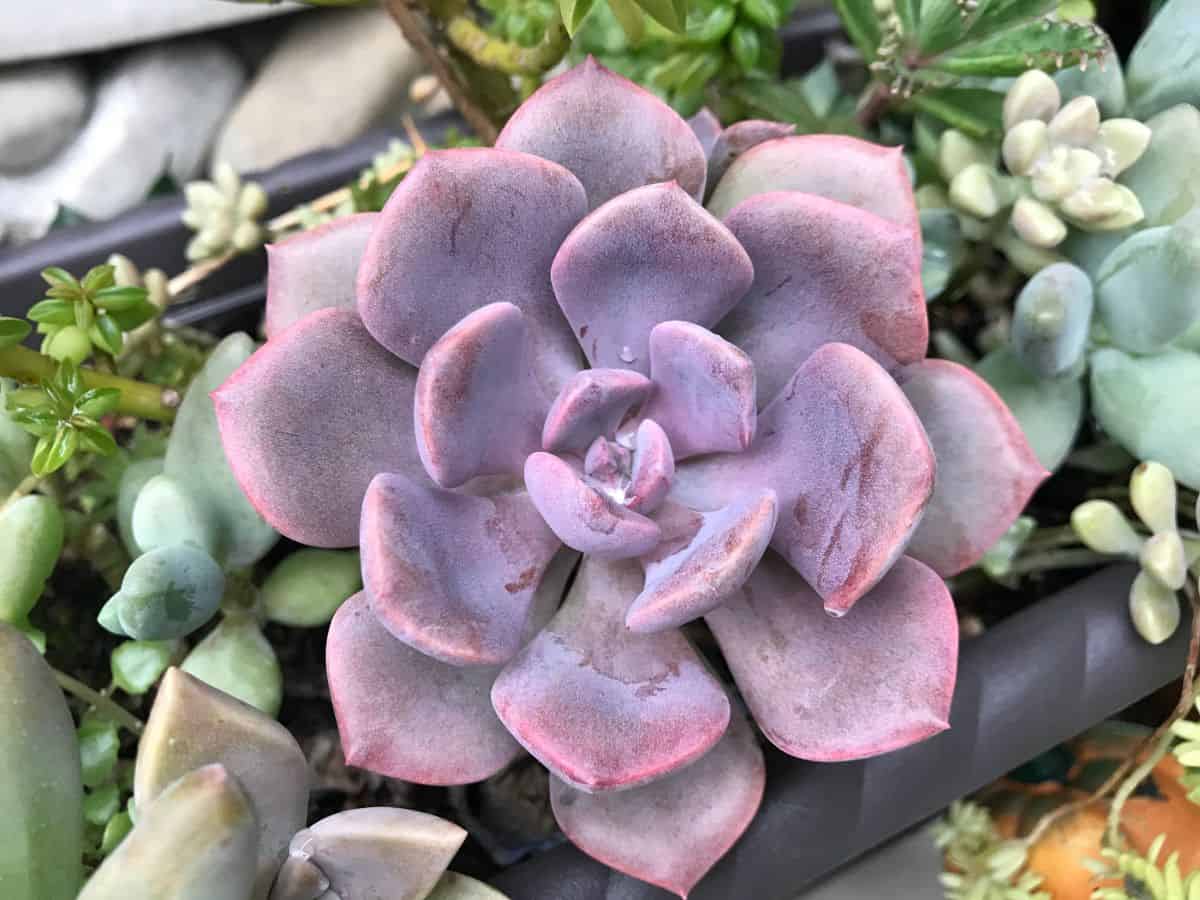
Buy it from:
A hybrid, comprising of both Echeveria and Graptopetalumgenera, this plant grows in a rosette shape with green and dusty pink leaves, with tight clusters forming close to the soil.
It's hardier than some others on this list. This summer-grower can be planted outside and will thrive in bright light and ample airflow. But be sure to protect from frost in the winter! When stressed, ‘Debbie’ can turn almost violet, with springtime bringing apricot-colored flowers for an intense and beautiful accent.
9. All Aeonium
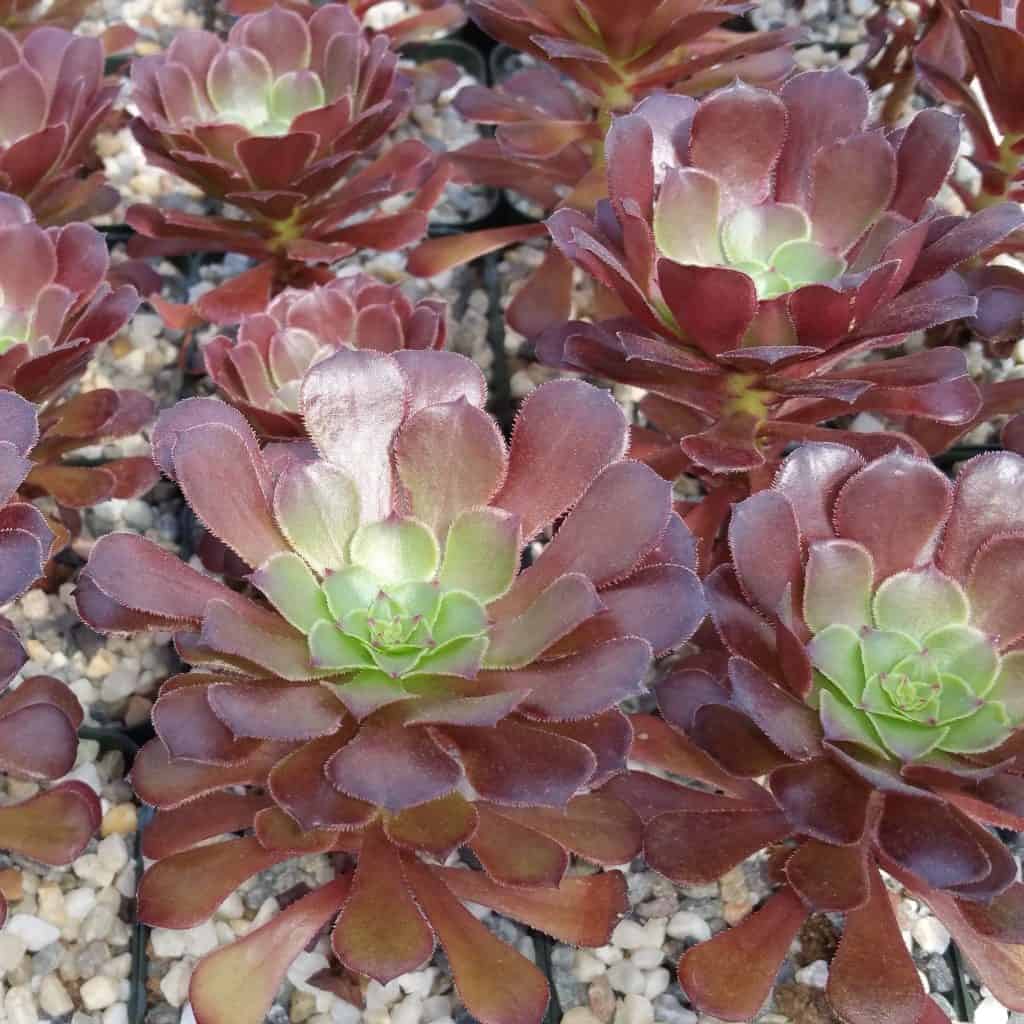
Buy it from:
Growing upwards and outwards, the Aeonium genus of succulents has a penchant for reaching impressive heights of three feet! Formed as a spreading rosette, this plant is monocarpic – when a particular stem blooms, it will then die back, each stem being able to bloom only once.
Hardy to just below freezing, this succulent tolerates both full sun and shade and needs infrequent but deep watering. It is relatively easy to care for, making it an ideal succulent for beginners and more experienced gardeners.
10. All Gasteria
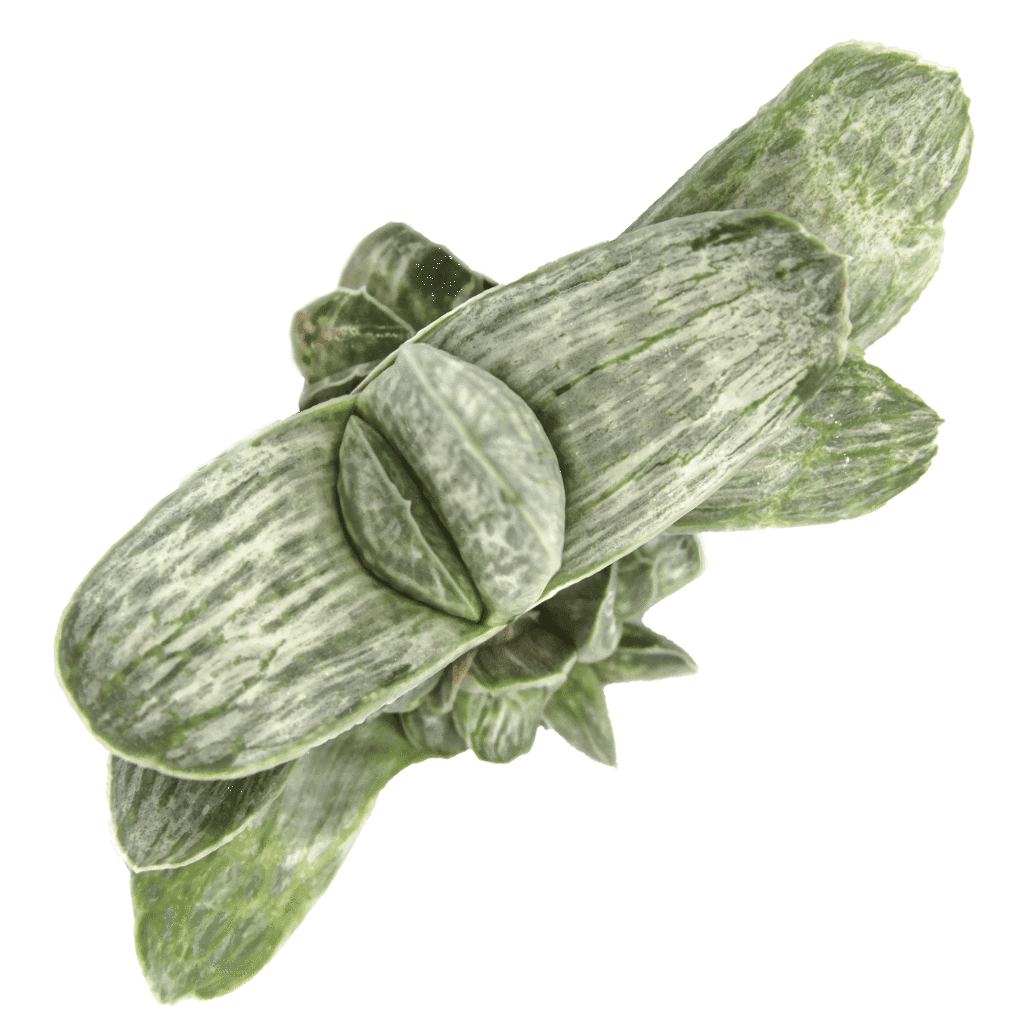
Buy it from:
So named for the stomach-shaped flowers that form, Gasteria is a genus which is native to South Africa and prefers a warmer climate for ample growth.
These plants tend to grow slowly but are very easy to care for and often have very long lifespans. The ‘tongue-shaped’ leaves make them an unusual addition to an indoor garden and can be cultivated outdoors providing the temperature does not drop below freezing. Blooming in spring, the flowers vary in color, from bright orange to pinkish-red.
11. Portulacaria afra - Elephant bush
Buy it from:
Sometimes also called "dwarf jade plant" (though it isn't in the same genus as the "regular" jade plant - Crassula ovata),Portulcaria afra is a lovely little woody, branching succulent that grows fast with bright light and moderate water.
It comes in both a solid green and variegated varieties. In direct sun, the stems take on a luscious mahogany color that contrasts wonderfully with the vibrant leaf tones. It works very well in arrangements, but grows fairly large unless pruned regularly.
Related Reading: 11 Succulents Safe for Cats
Although these succulents are non-toxic to your dogs, it is advisable to keep your furry friend from nibbling on your plants anyway. Plants ain't cheap!


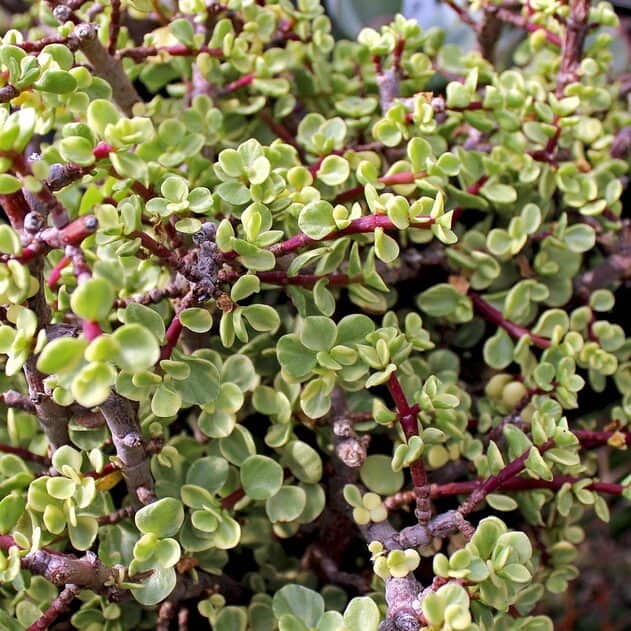
Concerned
Are you absolutely sure that Adromischus Cristatus 'Key Lime Pie' belongs on this list?
Many website say it's toxic to cats & dogs.
Another succulent site says: "it is highly toxic when ingested by cats, dogs, and inquisitive children."
Patrick Grubbs
Thanks for bringing that up, Concerned - it's important to be critical of information, especially when our pet's health is on the line.
The ASPCA does NOT include Adromischus in their list of toxic plants (https://www.aspca.org/pet-care/animal-poison-control/toxic-and-non-toxic-plants/a?&).
It is true, however, that many website cite Adromischus cristatus specifically as toxic. I'm relatively sure that is because it's commonly misidentified as a Kalanchoe species - which are definitely toxic. The association with toxic Kalanchoe has probably needlessly tainted this plant's reputation.
Despite that, it's not really worth the risk when there are many hundreds of other 100% certainly safe plants, so I will edit this article to replace Adromischus cristatus.